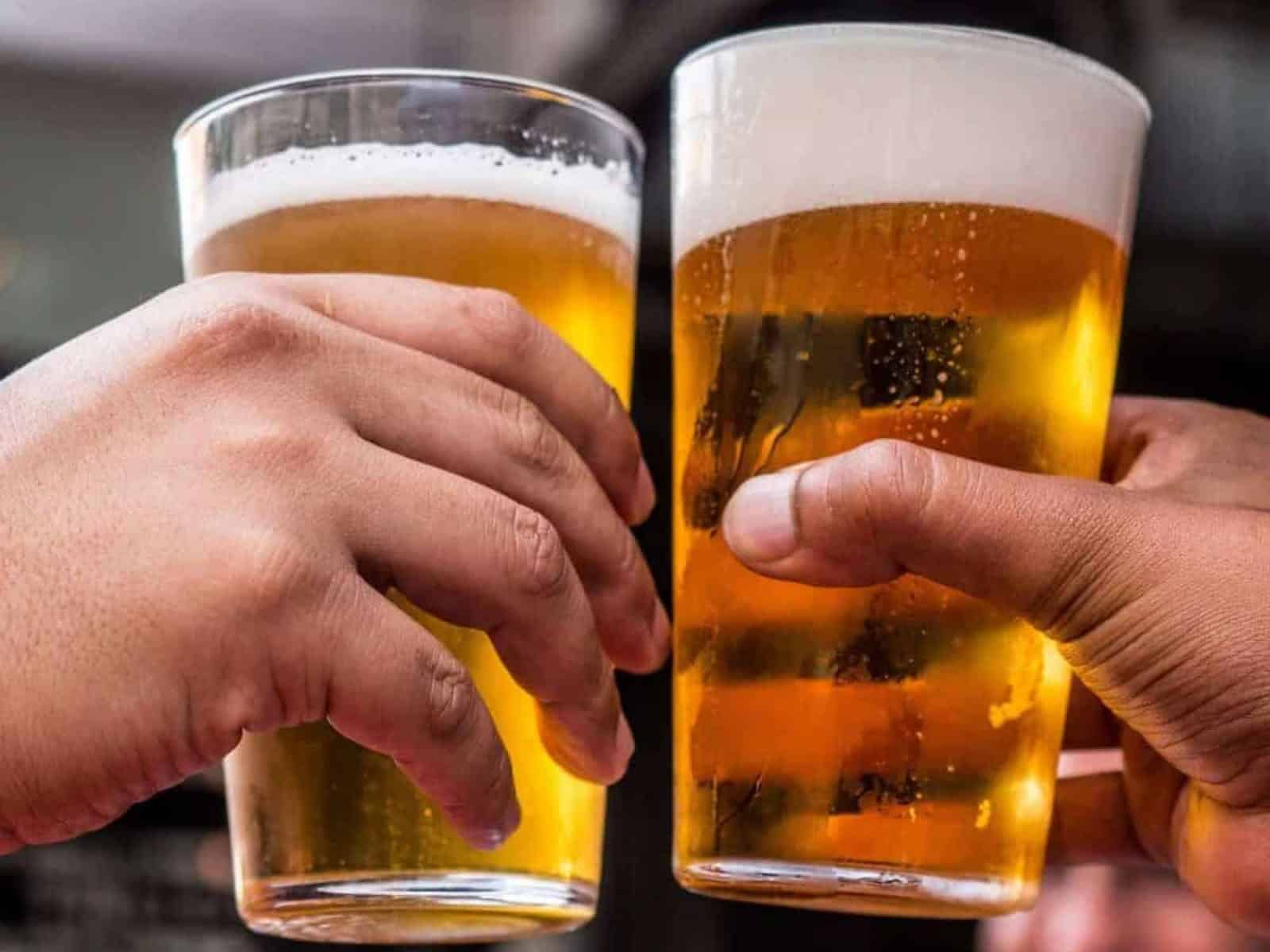A Sanca study showed that 26% of teens who develop a problem with alcohol are given their first drinks by family members.

Picture: iStock.
Alcohol dependence starts early in South Africa, with family members often the ones to first open the door.
The South African National Council on Alcohol and Drug Dependence (Sanca) gave a presentation to the Portfolio Committee on Social Development (DSD) this week outlining addiction trends.
Sanca’s figures show males have a six-to-one greater chance of seeking treatment, with teens between 14 and 17 years old accounting for more patients than their 18 to 39-year-old counterparts.
A Sanca and University of South Africa (Unisa) study surveyed almost 500 10 to 18-year-olds who had received Sanca treatment nationally.
The survey found that 55% were regular users of alcohol, 38% used marijuana and 4% experimented with methamphetamines.
Many teens began their regular use of alcohol during puberty, with 16% of respondents saying they were drinking by the age of 13.
ALSO READ: SA alcohol industry provides nearly half a million jobs
Additionally, the survey found that 4% were drinking at age 10 and 6% at age 12. However, 32% began drinking between the ages of 14 and 16.
Parties were a leading avenue of teen exposure to alcohol —25%— however, 26% of those who developed a problematic habit were exposed to alcohol by a family member or at family functions.
Sanca noted in their portfolio committee briefing that there was desperation within communities seeking free treatment for substance use disorder.
Not including private treatment centres, 80,589 people were admitted for addiction over the 31 Sanca facilities nationally in the last eight years.
ALSO READ: Will a curfew keep SA sober during No-Alcohol month?
The Eastern Cape saw a rise in alcohol addiction treatment, with patients increasing by 13%. The interior regions saw a 5% increase, while Gauteng trailed with 3%.
Regular marijuana use remained steady countrywide, with all provinces reporting a 22 to 33% usage rate.
Methamphetamine addiction was a growing concern, with 33% of admissions in the Western Cape being for the synthetic drug. Gauteng was close, with 25% of patients admitted for addiction to Tik and its variants.
A 2023 study funded by the DG Murray Trust analysed the consumption habits of residents in small towns in the Northern Cape and Free State.
Sanca found that the proximity of liquor outlets was directly related to the well-being of communities.
While Sanca was in parliament, the Rural Health Advocacy Project (RHAP) launched the Health Tax Alliance in Cape Town, focusing on increasing the tax on alcohol.
ALSO READ: Alcohol abuse in SA: Booze still a big killer – expert
Excise tax on wine, beer and spirits sit at 11, 23 and 36%, respectively, with the World Health Organisation recommending global alcohol taxes be set close to 70%.
“[Taxes] have been mooted as a mechanism that saves lives, prevents disease and generates revenue,” stated RHAP Executive Director Russell Rensburg.
“South Africa is yet to see an amalgamated alliance that can advocate for these taxes collectively,” he explained.
However, alcohol and substance dependence may not be solved through more laws and higher taxes.
“Most addicts and alcoholics will not be deterred by the pricing of a substance,” Treatment Director at Eagles View Wellness Centre Marius Swart told The Citizen.
“What will happen is that they will find a cheaper substance if they can’t afford their initial drug of choice,” he added.
“The alcoholic will buy a cheaper brand of their favourite drink and some will even resort to illegal and dangerous drinks that will be fatal,” said the head of the Little Falls-based recovery centre.
ALSO READ: Cheers to alcohol-free beer
On harder drugs, Swart said that methcathinone (CAT) became a cheaper substitute for cocaine, which then led to the cheaper crystal methamphetamine.
“Some other drugs also have different strains which range in price. Eventually, unfortunately, addicts will resort to stealing for their substance,” Swart explained.
Sanca is still reliant on government funding from the DSD, with other large chunks coming from corporate and donations.
Asked if enough of the tax generated was filtering through to those who need it, Swart concluded, “No, unfortunately not. The demand for free treatment is very big and there just seems to be nowhere to go.”
Download our app